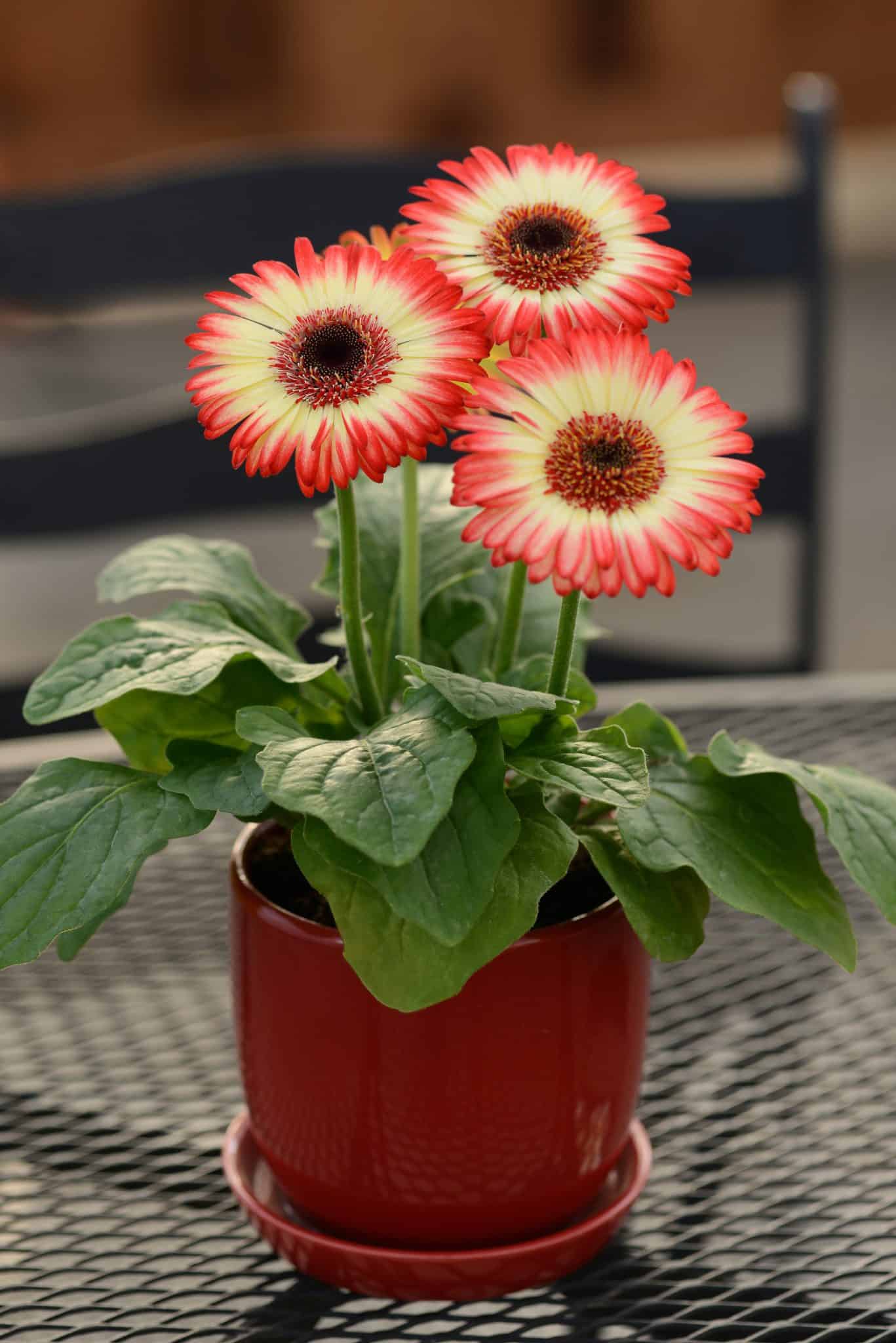Gerbera Daisy Plant: A Colorful Addition to Your Garden
Gerbera daisies are vibrant and cheerful flowers that add a splash of color to any garden or bouquet. These daisy-like flowers come in a wide range of colors, including red, orange, yellow, pink, and purple. They are a popular choice for cut flowers and are often used in floral arrangements.
Origin and History
:max_bytes(150000):strip_icc()/gerbera-daisy-pink-potted-getty-0523-449026609b54486cb742032aff3eb883.jpg)
Gerbera daisies are native to South Africa and were first discovered in the early 19th century. They were named after German botanist Christian Gottfried Daniel Nees von Esenbeck. Gerbera daisies were introduced to Europe in the mid-19th century and quickly became popular garden flowers.
Characteristics
Gerbera daisies are perennial plants that grow from a central rosette of leaves. The leaves are typically lobed or toothed and are covered in fine hairs. The flower heads are large and showy, with a central disk surrounded by petals. The petals can be single or double-layered and come in a variety of colors.

Gerbera daisies are relatively easy to grow, but they prefer warm, sunny conditions. They are drought-tolerant and do not require a lot of water. Gerbera daisies can be grown in containers or in the garden.
Planting and Care
To plant gerbera daisies, choose a sunny location with well-drained soil. Plant the seedlings at the same depth as they were growing in the pot. Space the plants about 12 inches apart.
:max_bytes(150000):strip_icc()/gerber-daises-4121360-hero-bfd1a98e8bb44c45891b84d9df63b5ac.jpeg)
Water the plants regularly, but avoid overwatering. Fertilize the plants every few weeks with a balanced fertilizer. Deadhead the spent flowers to encourage new blooms.
Gerbera daisies can be propagated from seeds, cuttings, or division. Seeds should be sown indoors about 8 weeks before the last frost. Cuttings can be taken from healthy plants in the spring or summer. Division should be done in the spring.
Pests and Diseases
Gerbera daisies are susceptible to a few pests and diseases, including aphids, spider mites, and powdery mildew. Aphids and spider mites can be controlled with insecticidal soap or neem oil. Powdery mildew can be treated with fungicide.
Uses
Gerbera daisies are popular cut flowers and are often used in bouquets and arrangements. They are also a great addition to any garden. Gerbera daisies can be used to create colorful borders or to add a splash of color to flower beds.
Conclusion
Gerbera daisies are beautiful and versatile flowers that can add a touch of color to any garden or home. They are relatively easy to grow and require minimal care. With their wide range of colors and showy blooms, gerbera daisies are a popular choice for gardeners and florists alike.
FAQs
How do I care for gerbera daisies in containers? Gerbera daisies in containers should be watered regularly and fertilized every few weeks. They also need to be repotted every year.